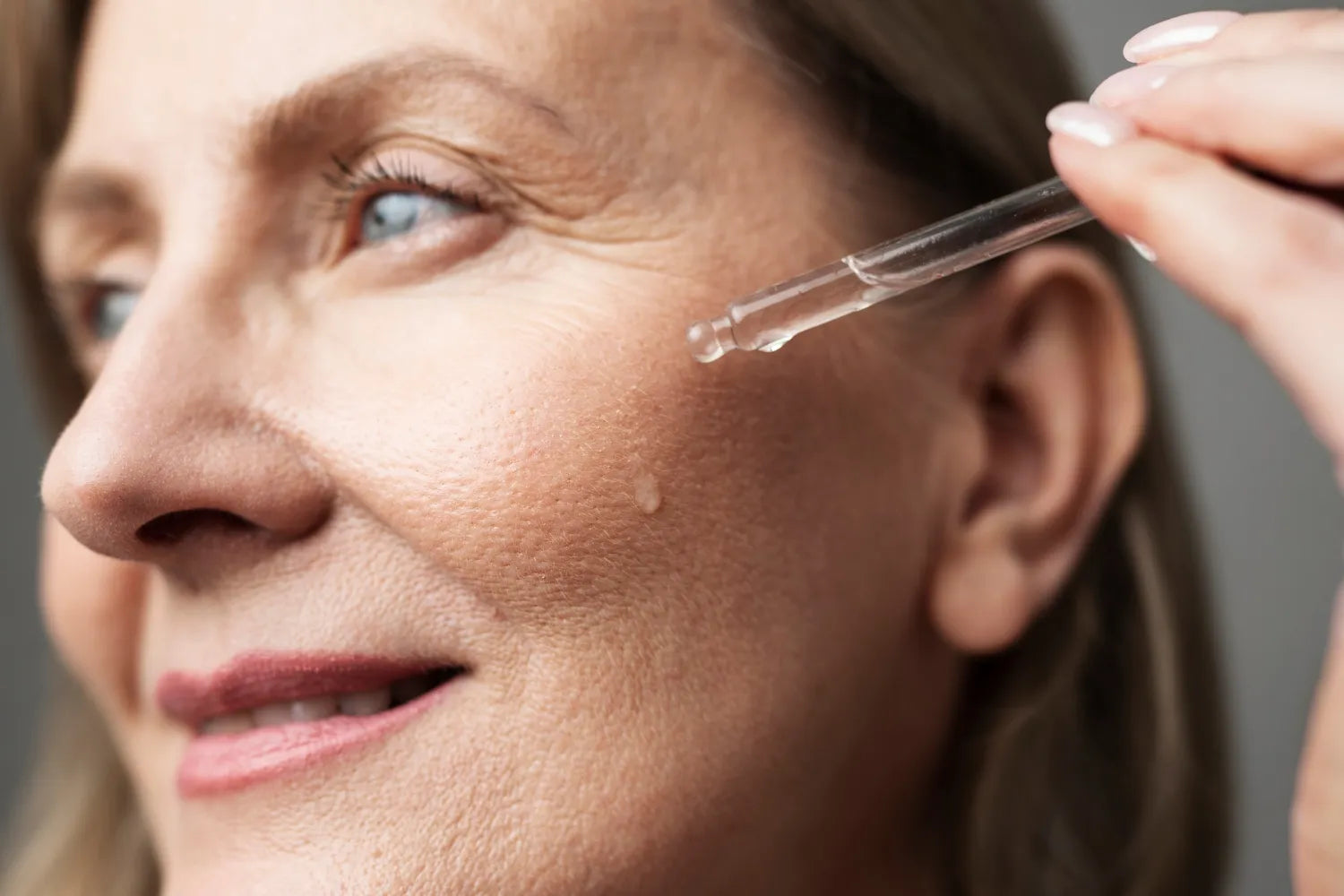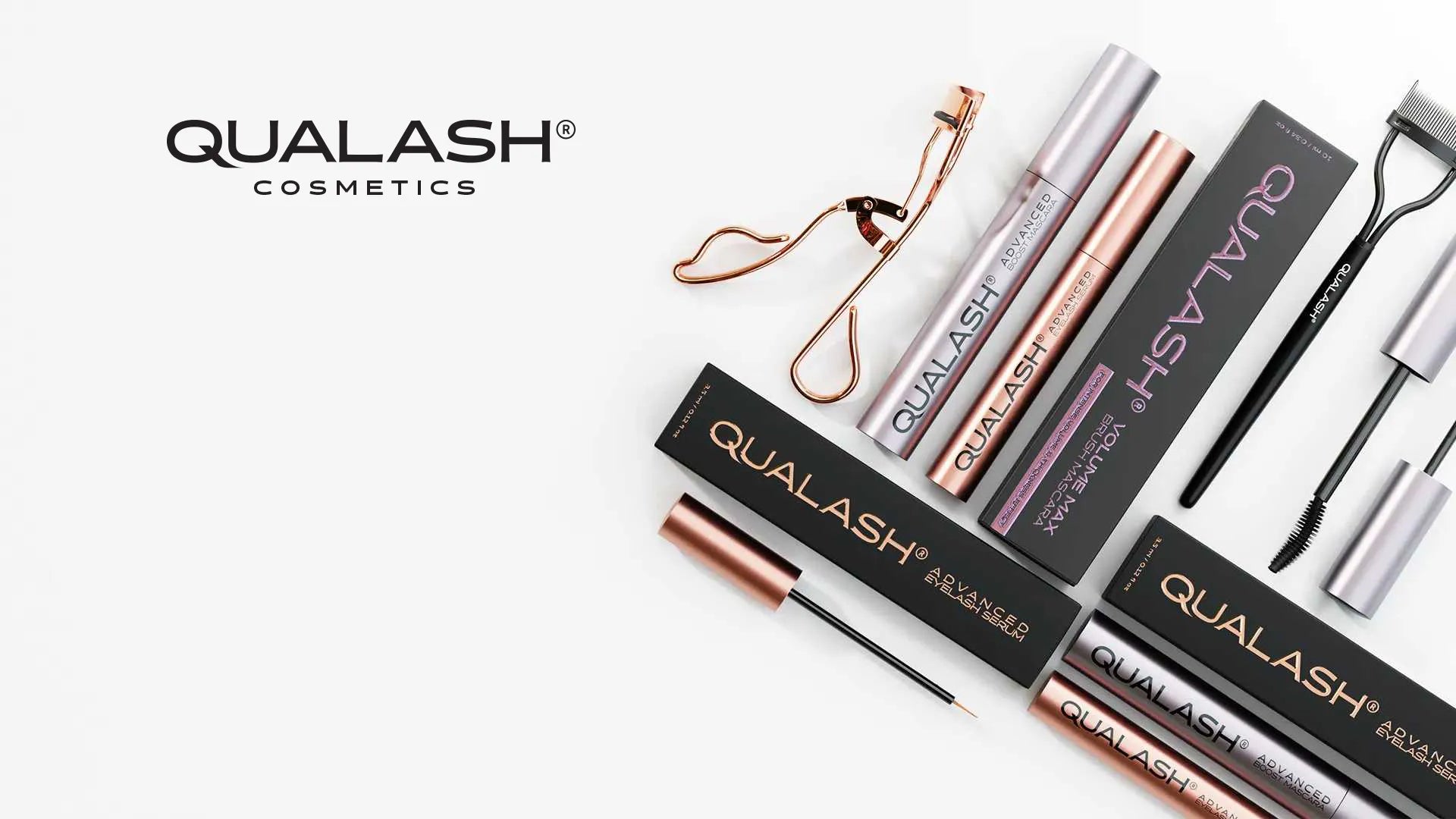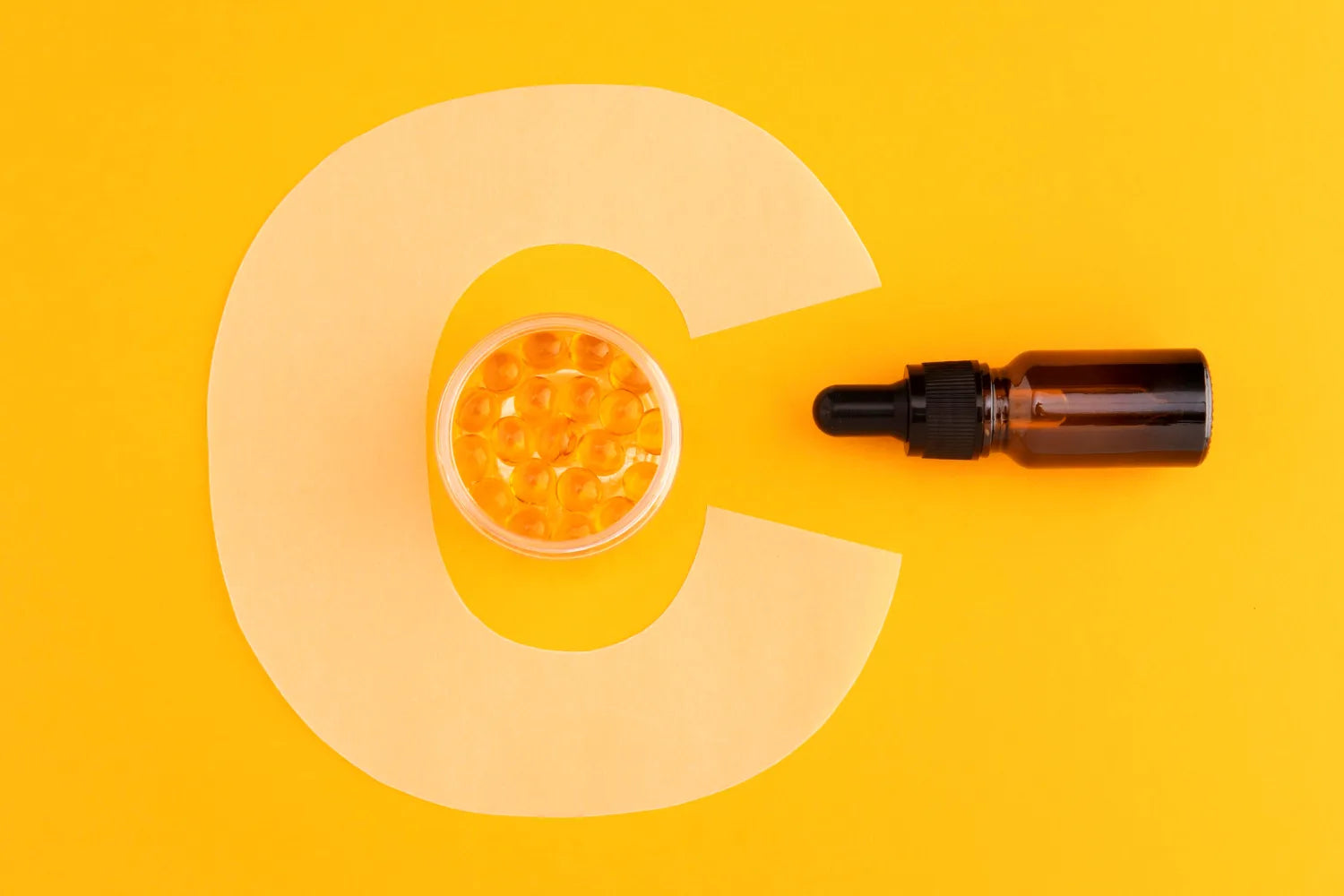Hyaluronic acid, retinol or vitamin C – each of these ingredients plays a powerful role in skincare. But how do they work, and which one is best for your skin’s specific needs? This guide will help you understand the differences and build a routine that works.
Understanding hyaluronic acid.
Hyaluronic acid is a naturally occurring molecule in the skin that acts like a moisture magnet. Its main function is to attract and retain water, making the skin look plump and hydrated.
Key benefits of hyaluronic acid:
· Deep hydration – helps bind moisture to the skin for a supple appearance.
· Smoothing effect – temporarily minimizes fine lines caused by dryness.
· Gentle on skin – suitable even for sensitive or irritated skin.
Who should use it?
Ideal for all skin types, especially dry or dehydrated skin. It’s also perfect for anyone starting a basic skincare routine. You can safely combine it with other active ingredients to balance more intense products like retinol or acids.

Exploring retinol.
Retinol, derived from vitamin A, is known as the gold standard in anti-aging. It stimulates collagen production and boosts cell turnover.
Key benefits of retinol:
· Reduces wrinkles – visibly improves the appearance of fine lines.
· Smooths skin texture – makes the skin feel firmer and more even.
· Controls acne – helps unclog pores and reduces breakouts.
Precautions when using retinol.
Retinol can be irritating at first. It’s best to start with a low concentration and use it every other night. Always follow with a moisturizer and apply sunscreen during the day.
Who should use it?
Great for people with mature skin, uneven texture, or acne-prone skin. Not recommended during pregnancy or breastfeeding.
The power of vitamin C.
Vitamin C is a potent antioxidant known for brightening the complexion and protecting the skin from environmental stress.
Key benefits of vitamin C:
· Brightens dull skin – gives a more radiant appearance.
· Fades hyperpigmentation – reduces dark spots and acne scars.
· Protects against free radicals – shields the skin from UV and pollution damage.
Who should use it?
Best for those dealing with uneven skin tone, pigmentation or dullness. It’s especially effective in morning routines to defend against daily environmental stressors.

How to combine these ingredients?
For maximum results, many skincare professionals recommend using all three ingredients – but with the correct timing and layering.
Suggested routine.
· Morning:
o Vitamin C serum.
o Hyaluronic acid serum.
o SPF moisturizer.
· Evening:
o Retinol serum (2–3 times per week).
o Hyaluronic acid for hydration.
o Nourishing night cream.
Tip: Always patch test new products. Introduce one active ingredient at a time to observe how your skin reacts.
Choosing the right ingredient for your skin type.
|
Concern |
Best Ingredient |
|
Dryness, dehydration |
Hyaluronic acid |
|
Fine lines, aging |
Retinol |
|
Dullness, dark spots |
Vitamin C |

Enhance Your Routine with Lash & Brow Care
Beautiful skin deserves beautiful lashes. Pair your daily facial care with QUALASH® Eyelash Serum — enriched with peptides, biotin, and botanical extracts to promote longer, fuller lashes in just 25 days.
Shop NowSummary.
There is no one-size-fits-all answer. Kwas hialuronowy is essential for hydration, retinol works wonders for aging skin, and vitamin C offers protection and glow. Depending on your goals, these ingredients can work separately or synergistically for enhanced results.
FAQ:
Q: Can I use hyaluronic acid, retinol and vitamin C together?
Yes, but timing and layering matter. Use vitamin C and hyaluronic acid in the morning, and retinol at night.
Q: Should I apply vitamin C or hyaluronic acid first?
Apply vitamin C first on clean skin. Follow with hyaluronic acid to lock in hydration.
Q: How long before I see results?
Hyaluronic acid works almost instantly. Vitamin C shows effects in 2–4 weeks. Retinol may take up to 3 months for visible changes.
Q: Can sensitive skin tolerate these ingredients?
Yes – start with hyaluronic acid. Introduce vitamin C gradually. Use low-strength retinol and monitor skin reaction closely.





